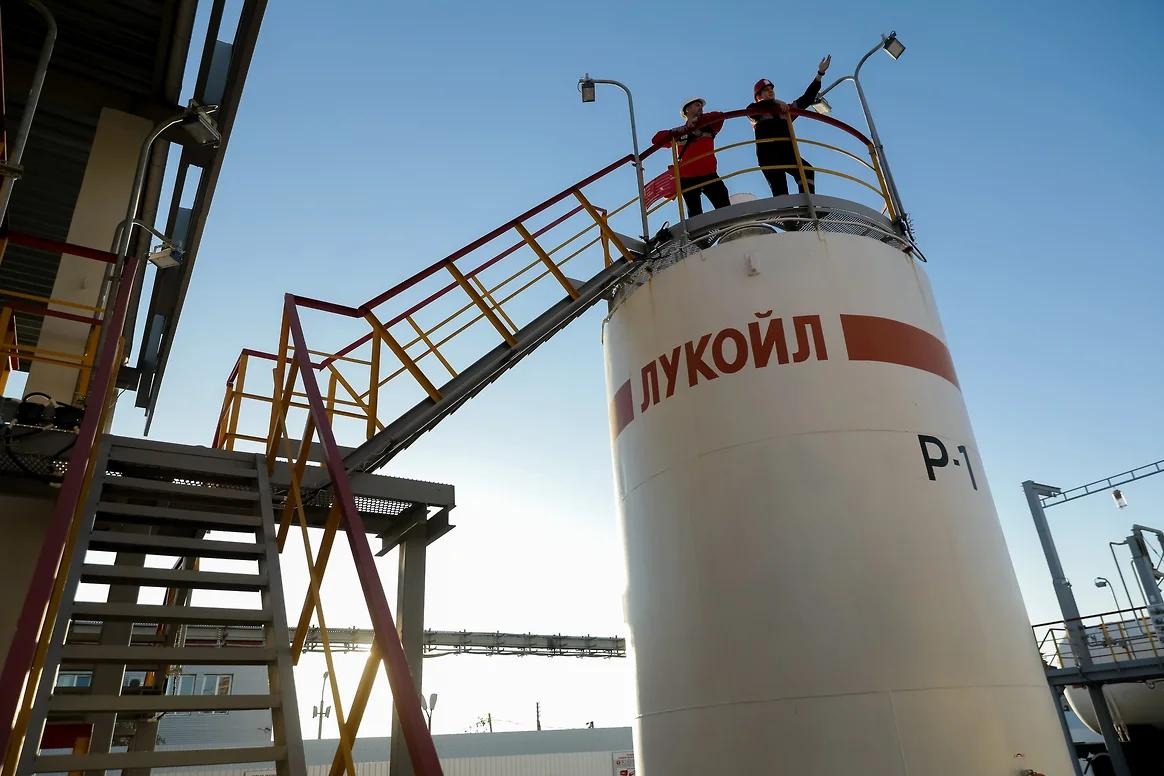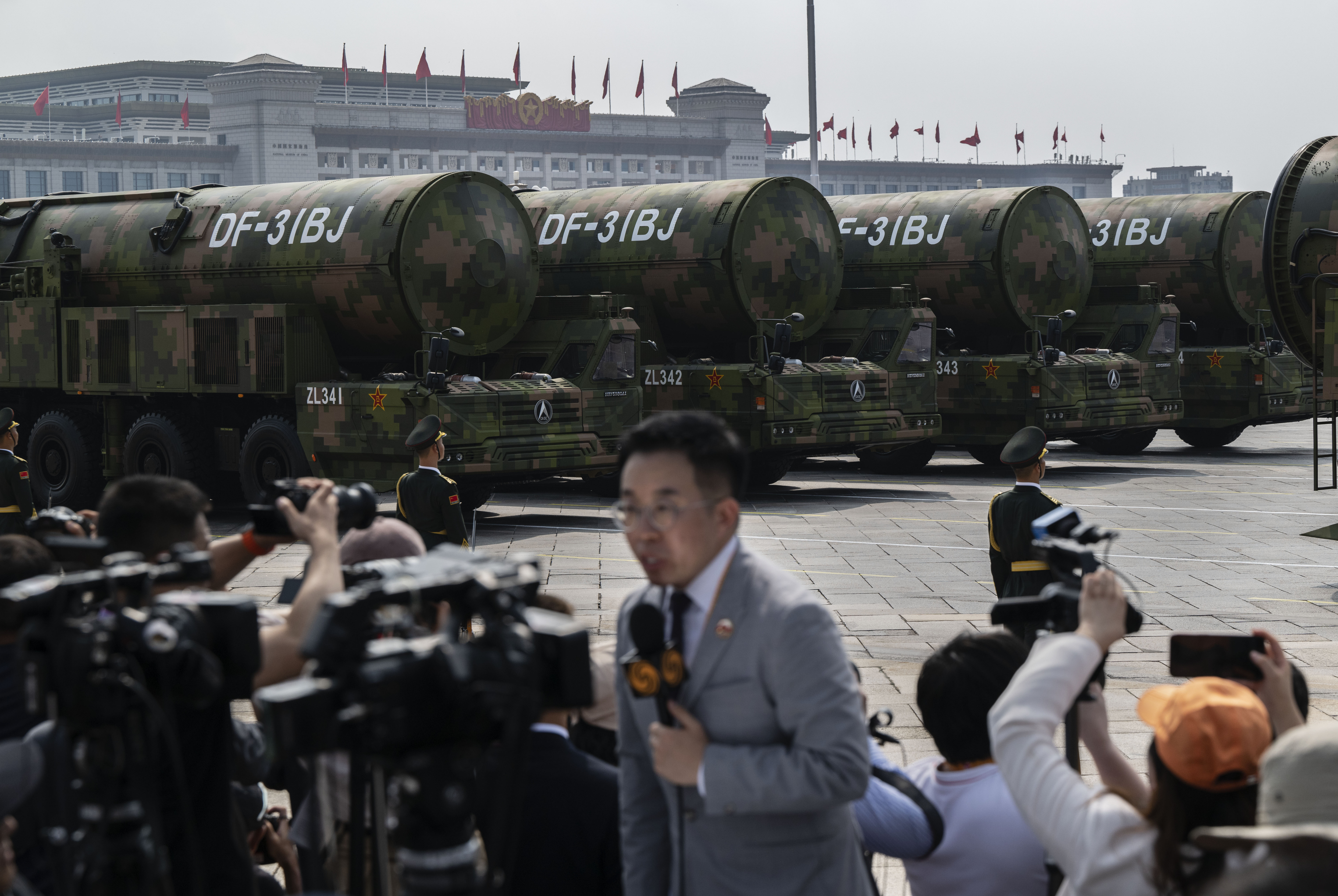The North Caucasus in 2014: The Year in Review
The North Caucasus in 2014: The Year in Review
In the past year, significant changes took place in the armed Islamic resistance in the North Caucasus. The Chechen factor proved to be a problem that cut across international boundaries to become a worldwide issue.
Change in the Leadership of the Armed Resistance
The death of insurgent leader Doku Umarov from poisoned food items supplied by Russia’s Federal Security Service (FSB) was the main event involving the armed resistance movement last year (YouTube, July 27, 2014). Umarov actually died in September 2013, but the resistance movement acknowledged his death only in March 2014 (Gazeta.ru, March 18, 2014). A leader of the Dagestani jamaat, Emir Abu Muhammad (Aliaskhab Kebekov), became the new militant leader (Mkala.mk.ru, March 28, 2014). He was chosen apparently because, unlike the other emirs that lead national jamaats, he had an Islamic education, which he received in Tunisia and in Syria.
Chechens in Syria
In 2014, the Chechens fighting in Syria regrouped. The majority of them, for various reasons, switched loyalties from their commanders to Umar Shishani, the Georgian-born Chechen who is one the highest ranking officials in the Islamic State (IS) organization (Warsonline.info, October 20, 2014). Chechen involvement in the Syrian and Iraqi conflicts is far from trivial. As many as 1,500 Chechens may be fighting in the two countries, and they are considered among the most potent military forces in the area at the moment (Nouvelobs.com, October 19, 2014). Chechens in Syria are divided into three camps: followers of the Islamic State and Emir Umar Shishani (Chechen from Georgia’s Pankisi region), followers of the Caucasus Emirate and Emir Salautdin, and those who did not associate with either of those leaders and instead chose Emir Muslim (Muslim Margoshvili also from Georgia’s Pankisi) as their leader.
Chechens in Ukraine
Against the backdrop of the occupation of Crimea by Russian troops, it was unexpectedly discovered that there were Chechen units in the Russian army (YouTube, April 3, 2014). Eventually, word spread that Chechens were among the separatist fighters in eastern Ukraine’s Donetsk and Luhansk regions (BBC News, May 29, 2014). While the number of Chechens fighting on the pro-Russian side in eastern Ukraine was estimated at only several dozens, the news had a large impact on Ukrainian society (Theinsider.ua, June 16, 2014). By the fall of 2014, Chechen fighters also were appearing on the Ukrainian side (Pravda.com.ua, September 8, 2014). Thus, the Russian-Chechen conflict was mirrored in Ukraine: pro-Russian Chechens from the entourage of republican head Ramzan Kadyrov (YouTube, December 9, 2014) have clashed with anti-Russian Chechens who gathered around Isa Munaev. Munaev served as a Chechen general under the Chechen Republic of Ichkeria, led by the democratically elected president of Chechnya, Aslan Maskhadov. The overall number of Chechens in Ukraine is unlikely to exceed 100 persons.
Chechnya
This republic was relatively quiet in recent years, with only isolated militant activities taking place there. On October 5, a suicide bombing was carried out in Grozny. The republican authorities scrambled to give the impression that it was a lone wolf attack (Svpressa.ru, October 6, 2014), but a subsequent security services operation resulted in the killing of one suspected accomplice of the suicide bomber and the arrest of two others (Novoteka.ru, October 19, 2014). Moreover, for the first time since 2010, the militants launched an operation to seize the House of Press and a school in Grozny (Meduza.io, December 4, 2014). During the ensuing battle, which started in the evening on December 4 and continued until noon the following day, 15 police officers were killed and 28 were injured, while 11 militants were killed (RIA Novosti, December 5, 2014). Few people expected such a large-scale operation from the militants (Kavpolit.com, December 10, 2014). The attack utterly refuted multiple statements by Ramzan Kadyrov that armed resistance in Chechnya had ceased to exist following the death of Doku Umarov in 2013 (Interfax, December 4, 2014).
Ingushetia
At the same time, in the republic next door to Chechnya, the Republic of Ingushetia, no large-scale militant attacks took place, which is explained by the change of emir of the Ingush jamaat. Emir Abdullah (Artur Gatagazhev) was killed on May 24 (Lenta.ru, May 24, 2014), and the Ingush authorities managed to sway the situation in their favor by neutralizing the Islamic underground armed resistance (Kavkazsky Uzel, December 4, 2014).
Kabardino-Balkaria
On average, four attacks of militants against the police take place in this republic every month. One of the emirs of the jamaat, al-Bara (Astemir Berkhamov), was killed on May 23 (Lenta.ru, May 23, 2014). The current leader of the jamaat is Emir Salim (Zalim Shebzukhov).
Dagestan
Nearly 70 percent of all militant attacks and victims of such attacks in the North Caucasus take place in the Republic of Dagestan. The center of the region’s political struggle also moved to Dagestan last year, which was connected to the fact that a Dagestani emir, Abu Muhammad (Aliaskhab Kebekov), replaced the deceased Doku Umarov as leader of the Caucasus Emirate. The new Caucasus Emirate emir endorsed the head of al-Qaeda, Sheikh Ayman al-Zawahiri (Hunafa.com, June 23, 2014). By supporting al-Zawahiri, Abu Muhammad collided with the leadership of the IS and those North Caucasians fighting under the flag of its leader, Sheikh Abu Bakr al-Baghdadi.
Caucasus Emirate
The end of 2014 was overshadowed by the split in the Caucasus Emirate, with some top- and mid-level commanders in Chechnya and Dagestan pledging allegiance to the “caliph”—IS leader Abu Bakr al-Baghdadi (Vk.com, December 2014). Following the death of Doku Umarov, it turned out the aims of the Caucasus Emirate over the past seven years had not been reached: no one recognized it as a power fighting against Russia. Even al-Qaeda did everything in its power not to recognize the North Caucasian rebels as an affiliated force or even as allies to avoid upsetting Russia. Against this backdrop, the North Caucasian militants play with IS’s idea of an All-Muslim Caliphate as a way to become part of a larger Muslim movement.
Thus, 2014 will be remembered for overly anxious fears of attacks by the rebels during the Olympic Games which failed to occur, and the death of Doku Umarov, his successor’s endorsement of al-Zawahiri and the subsequent split that occurred within the Caucasus Emirate.


